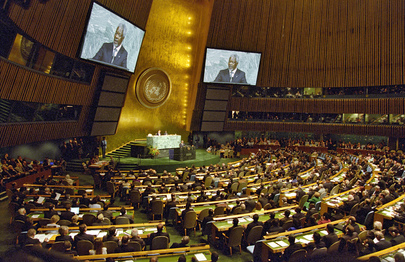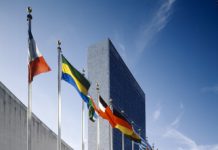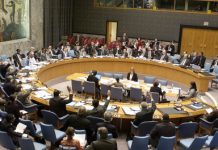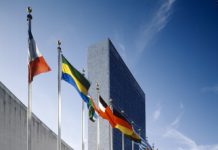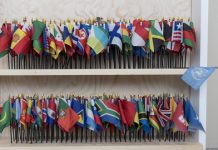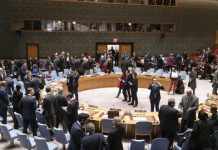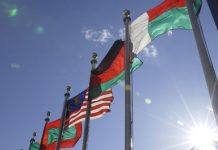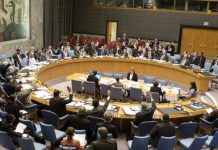BULLET HEADS CMS/SOUNDCLOUD:
UN urges opening of all Gaza crossings to deliver three-month food supply
On Friday, the UN World Food Programme, WFP, said it had enough food to feed the entire population of the Gaza Strip for three months – but all border crossings needed to be opened urgently, especially in the north, where famine was declared in August.
One week into the ceasefire, WFP has been bringing in an average of 560 tonnes of food each day.
Aid agencies stressed that sustained access and multiple crossings are essential to reach everyone in need.
Only two are currently open, and those in the north remain closed, restricting deliveries to the hardest-hit areas.
Senior WFP official for the region, Abeer Etefa, says that teams and supply networks are fully mobilised.
“The ceasefire has opened a narrow window of opportunity and WFP is moving very quickly and swiftly to scale up food assistance and reach families who have endured months of blockade, displacement and hunger.”
Because of access and security constraints, no food distributions have yet taken place in Gaza City – only nutrition supplies for children and pregnant or breastfeeding women.
According to WFP, 57,000 tonnes of food are already pre-positioned in Egypt, Jordan and inside Israel, with plans to scale up to 170,000 tonnes – enough for 1.6 million people over three months.
Groundbreaking report reveals powerful link between poverty and the climate crisis
Nearly 80 per cent of the world’s poor – or 887 million people – live in regions that are exposed to extreme heat, flooding and other climate hazards, highlighting the urgent need for global action to address the issue.
That’s according to a report released on Friday by the UN Development Programme (UNDP) and Oxford University ahead of the COP30 UN climate summit in Brazil next month.
By overlaying climate hazard data with multidimensional poverty data for the first time, the report reveals how global warming is reshaping poverty patterns.
High heat, air pollution, flood and drought are the most widespread risks affecting the world’s poor, who must often confront multiple environmental challenges at the same time.
Around 1.1 billion people are living in multidimensional poverty – which spans health, education and living standards – and 887 million are directly exposed to at least one climate hazard.
South Asia and sub-Saharan Africa account for the largest numbers of poor people living in regions affected by climate hazards.
‘No level of lead is safe’
And finally, October 19th to the 25th marks International Lead Poisoning Prevention Week.
Lead is found in numerous everyday products such as paint, batteries, cosmetics, and even spices. It’s linked to approximately 1.5 million deaths worldwide every year.
Young children are at greater risk since they absorb more of the toxic metal than adults, which can cause damage to the brain and nervous system.
The World Health Organization issued an update on Friday saying that lead exposure remains one of the world’s most widespread but preventable health threats.
Dr Ruediger Krech Director of the agency’s Environment, Climate Change and Migration Department said that children all over the world deserve “a future free from the lifelong harm that can be prevented.”
He called on governments, communities, and healthcare providers to act decisively to eliminate lead exposure, on behalf of the generations to come.
Ileana Exaras, UN News
Source of original article: United Nations (news.un.org). Photo credit: UN. The content of this article does not necessarily reflect the views or opinion of Global Diaspora News (www.globaldiasporanews.com).
To submit your press release: (https://www.globaldiasporanews.com/pr).
To advertise on Global Diaspora News: (www.globaldiasporanews.com/ads).
Sign up to Global Diaspora News newsletter (https://www.globaldiasporanews.com/newsletter/) to start receiving updates and opportunities directly in your email inbox for free.


